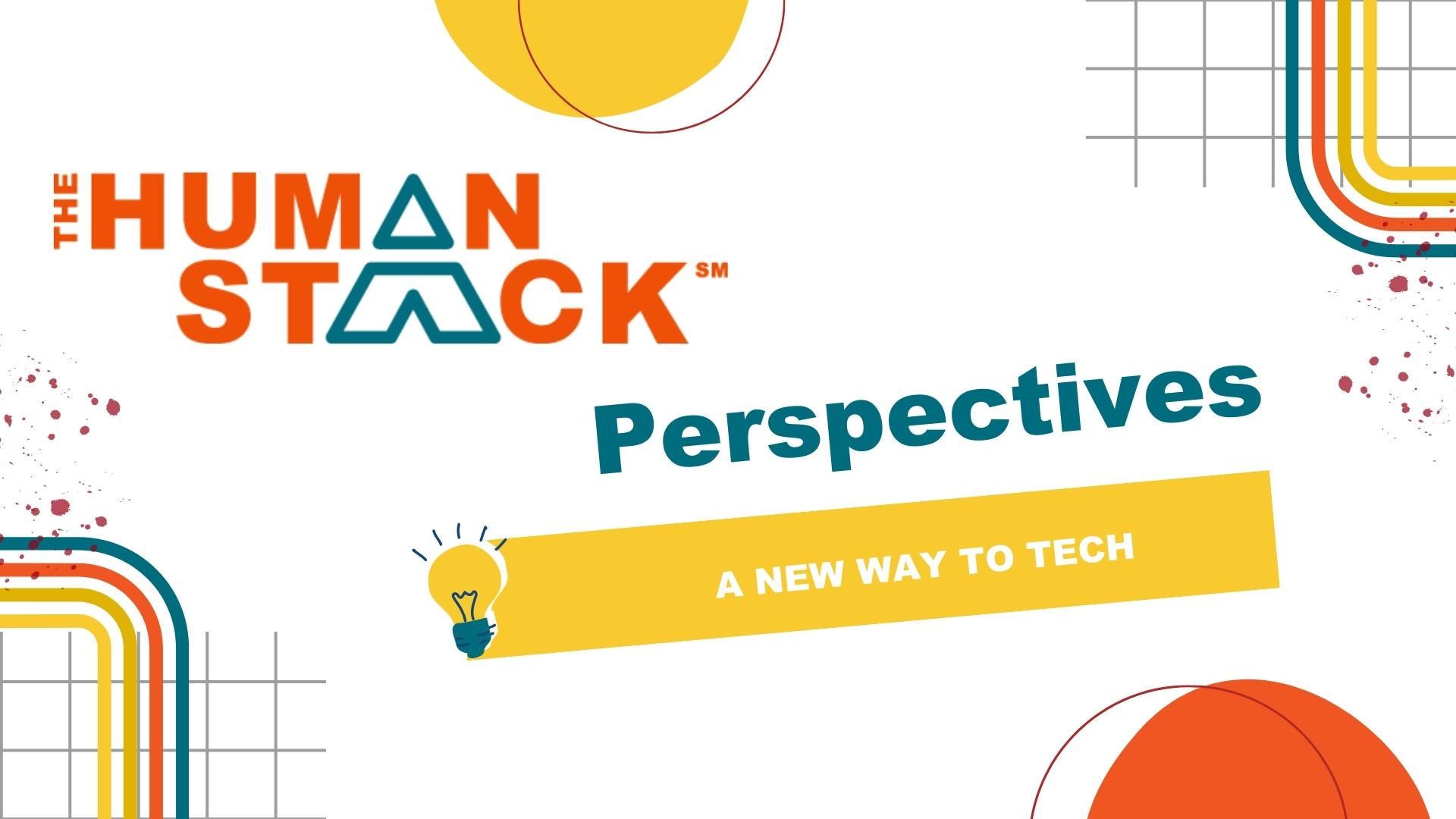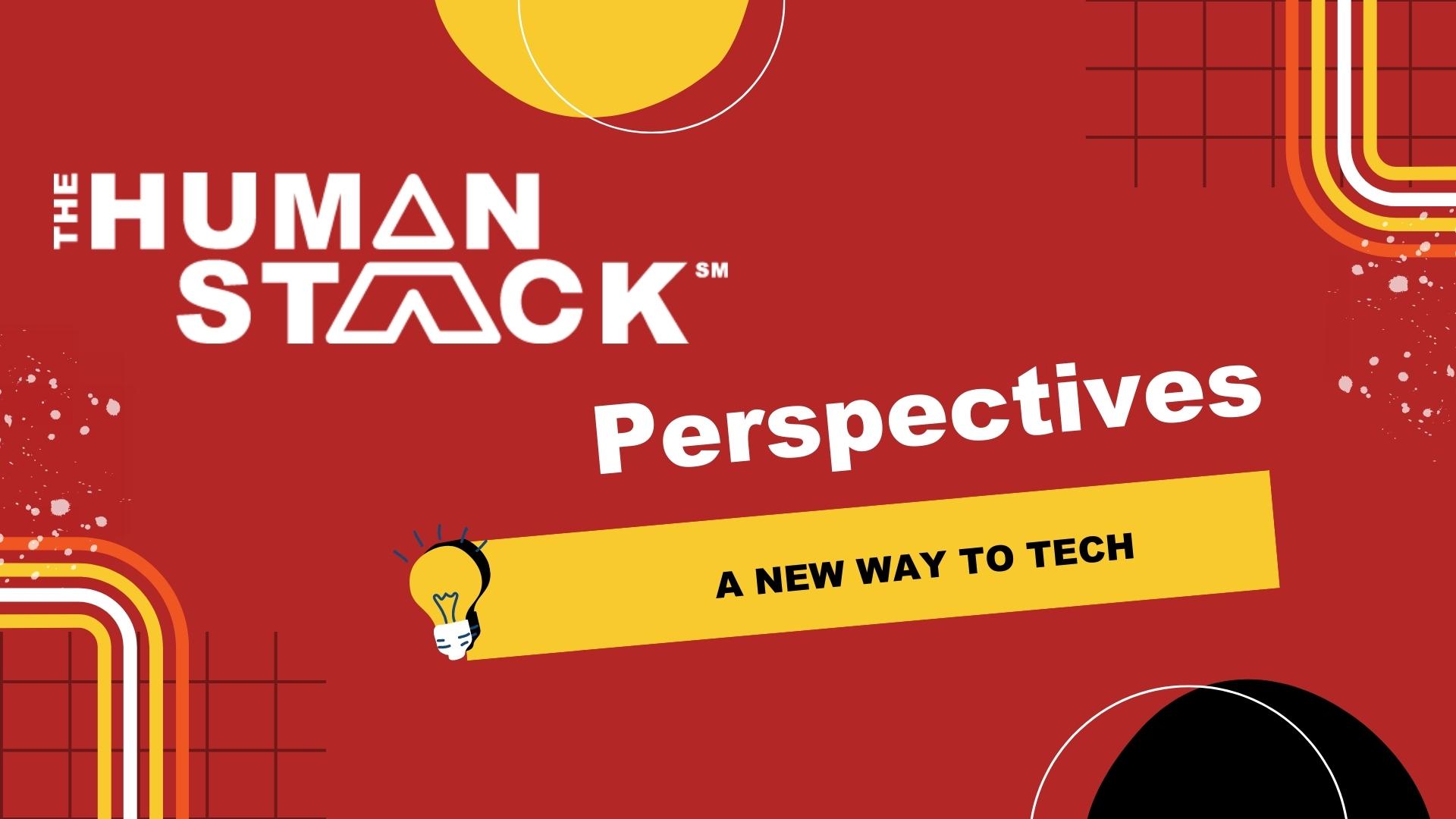If you had the chance to read 10 Anti-Racist Steps your Organization Can Take NOW, we shared 10 practical steps organizations of all sizes can take to become anti-racist. One of those steps was to"Assess your CRM and data practices."
Why?
Implicit bias.
Beware Implicit Bias
Implicit bias refers to the attitudes or stereotypes that affect our understanding, actions, and decisions in an unconscious manner. Here’s the tricky thing about implicit bias: it’s implicit. It’s hard for us to both identify implicit bias and acknowledge that we have it. You could say we have a Bias Blind Spot. But, like it or not, our implicit bias comes with us to work and informs our interaction with our constituents and the processes and systems we design and use.
Systems are designed to solve common use cases for a majority population. No system is entirely objective. Somewhere along the line, design decisions were made regarding what data would be collected, how it would be managed and stored, and how to report on it. Those decisions then became codified in a system.
An example of implicit bias in a CRM is a two-value picklist for "Gender". Your CRM might only have those two options, because whomever made the picklist considered "Gender" as binary. Possibly years later, whenever the two-value picklist is used, binary gender is enforced. When one of your constituents self-identifies as non-binary and you ask them to choose between "male" or "female," your system is reinforcing "othering."
Reducing Implicit Bias
Once you are aware of implicit bias, there are two approaches to reduce it: tactile and tactical. Tactile strategies have to do with relationships and core values whereas the tactical strategies have to do with data, systems, and processes. They are both integral to reducing implicit bias within a system and an organization, because tactical improvements may come up short if tactile improvements do not accompany them.
If your CRM allows for people to enter self-identified pronouns, but in meetings or groups the pronouns are largely ignored, then the tactical and tactile are out of alignment. Likewise, if you include pronouns in all your ice-breaker introductions and are careful in meetings to use them, but have no way of keeping track of the pronouns within your CRM, the tactical and tactile are, once again, out of alignment.
The unfortunate reality is that sometimes the tactical and tactile will have to be misaligned. For instance, many nonprofits who receive government funding have to provide specific demographic data for their constituents. The government reports might ask for one of two values for gender that doesn't align with your organization's values. In this scenario, be honest and open. Make it clear that you disagree with the options and the question is only asked for government reporting. Collect the data and only use it for the government reports. Use fields for your organizational purposes that are aligned with your values.
Assess Your CRM and Take Action
Choose to invest a couple of hours to assess your CRM and data practices. If you aren't sure where to start, don't worry! We've created a helpful checklist for you.
Once you've identified items that need to be addressed, make a release plan for the necessary adjustments and begin development in your Sandbox. If you can't - or don't want to - implement all of the changes at once, make an action plan with your Center of Excellence team. Be sure to let your users know what changes will be made and when to expect the changes. Following through on your plan will send a strong message of trust to your users.
Speaking of messages. . . just as your CRM can sends signals about implicit bias, a well-designed system sends signals to users, too. Let's be about the business of sending the right messages: "We've reduced clicks because we value your time," "We want to know how you identify your race, because you are important to us" or "We've created inclusive "Gender" fields because no one should EVER have to pick Other".
Want to read more? Check out my past article on the Salesforce.org blog: 6 Ways to Put Equality in Your CRM


 Tim Lockie
Tim Lockie



